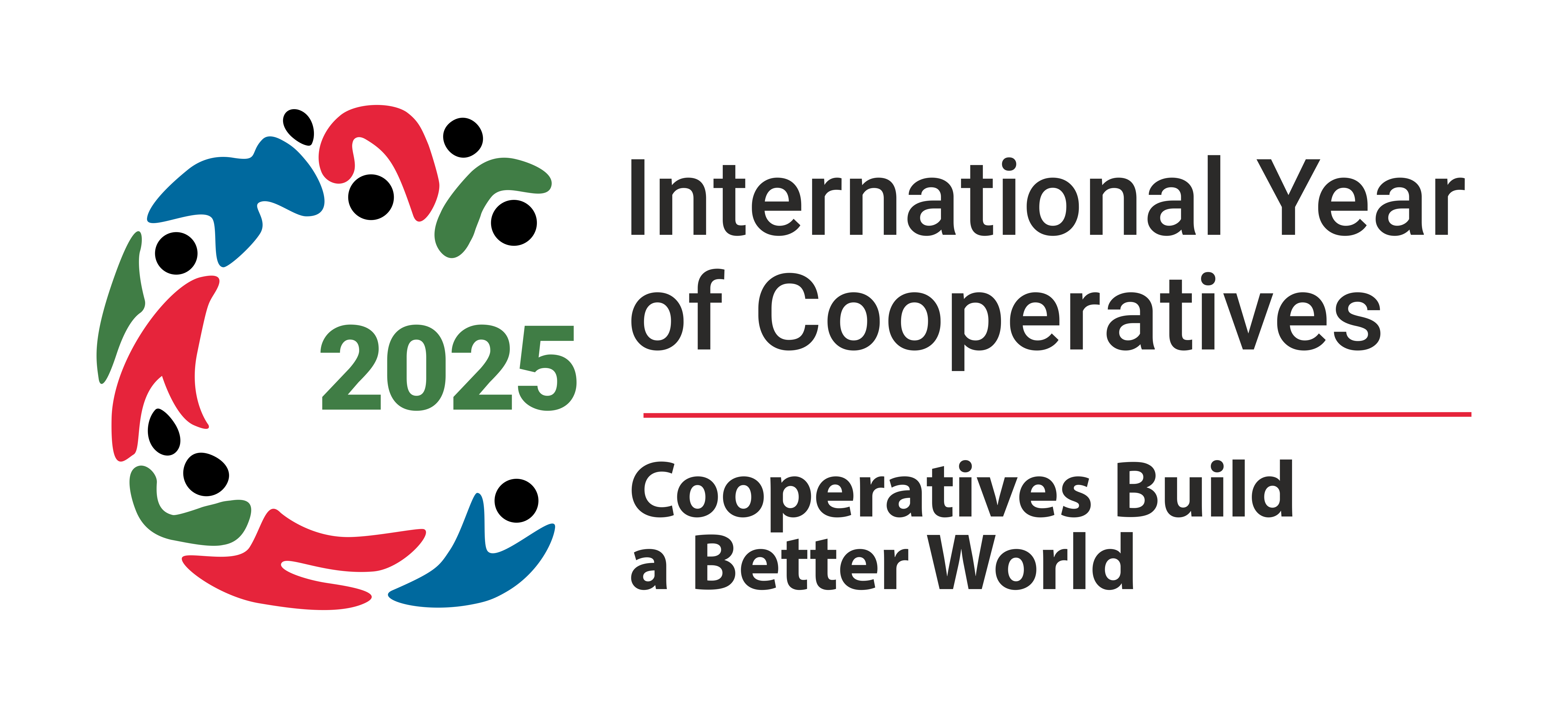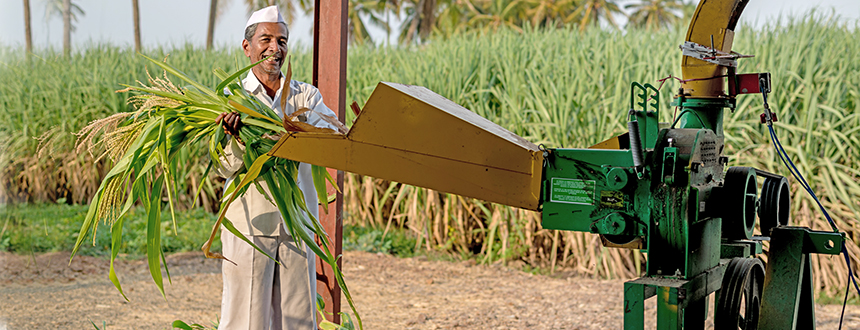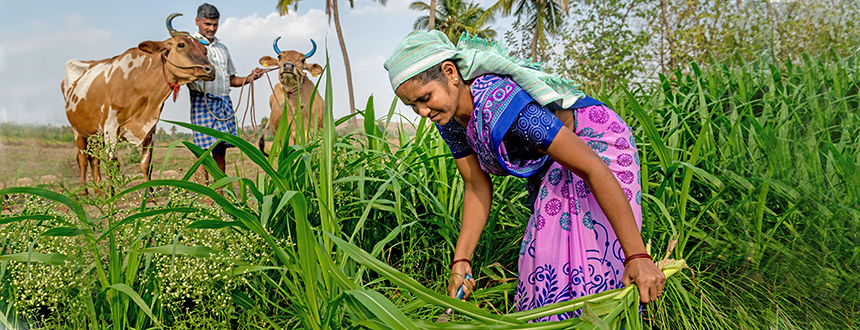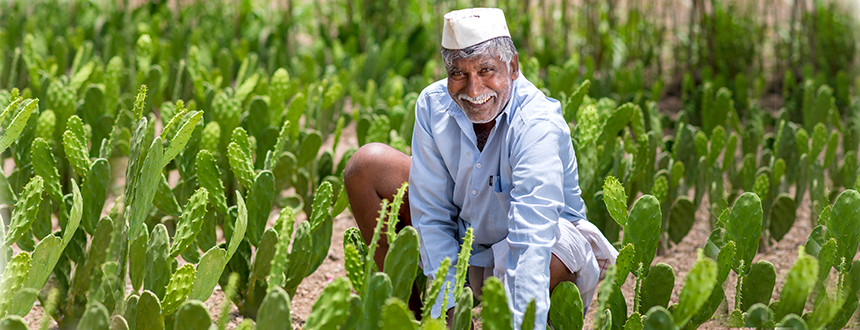Water footprint of milk
The production of milk requires a large quantity of water not only to meet the direct requirements of the animal – for drinking, cleaning etc, but also to meet the indirect requirements, such as for the production of forage crops and concentrate feed ingredients. The ‘Water Footprint’ of milk is defined as the sum of the volume of freshwater consumed in different steps of milk production chain, measured in units of water consumed (litre) per kg of milk. This includes water consumed for direct activities (drinking, bathing and servicing of dairy animals) and indirect activities (water used for production of concentrate, dry fodder and green fodder).
Studies have shown that feeding animals in the traditional pattern led to a higher water footprint of milk, since more than 90 per cent of water footprint of milk is attributed to feeding of animals. Animals fed balanced rations, comprising a judicious mix of green fodder, dry fodder and concentrate feed ingredients, had a 14 per cent lower water footprint of milk (1236 vs. 1062 litre/kg).
Further crop residues, agricultural by-products and green fodder have comparatively lower water footprint than grains. Therefore feeding systems that integrate the usage of crop residues and agricultural by-products have lower water footprints and are more environment friendly. Low water footprint crop residues can be better utilised by value addition in the form of Total Mixed Ration (TMR).
Thus there is substantial scope for reducing water footprint of milk if scientific feeding practices and novel feed delivery systems such as TMR are adopted by dairy farmers.




